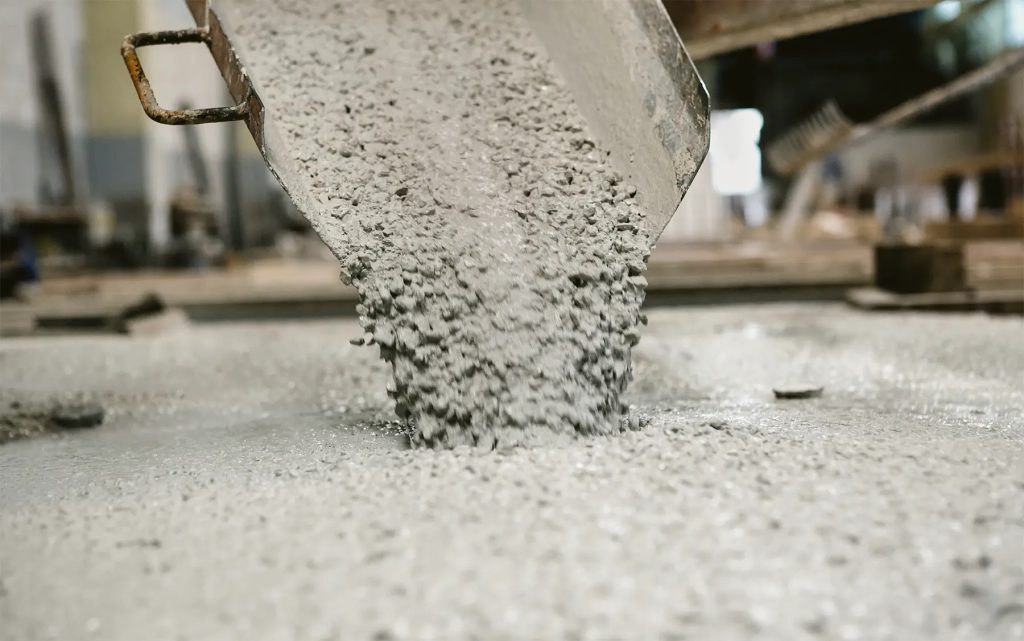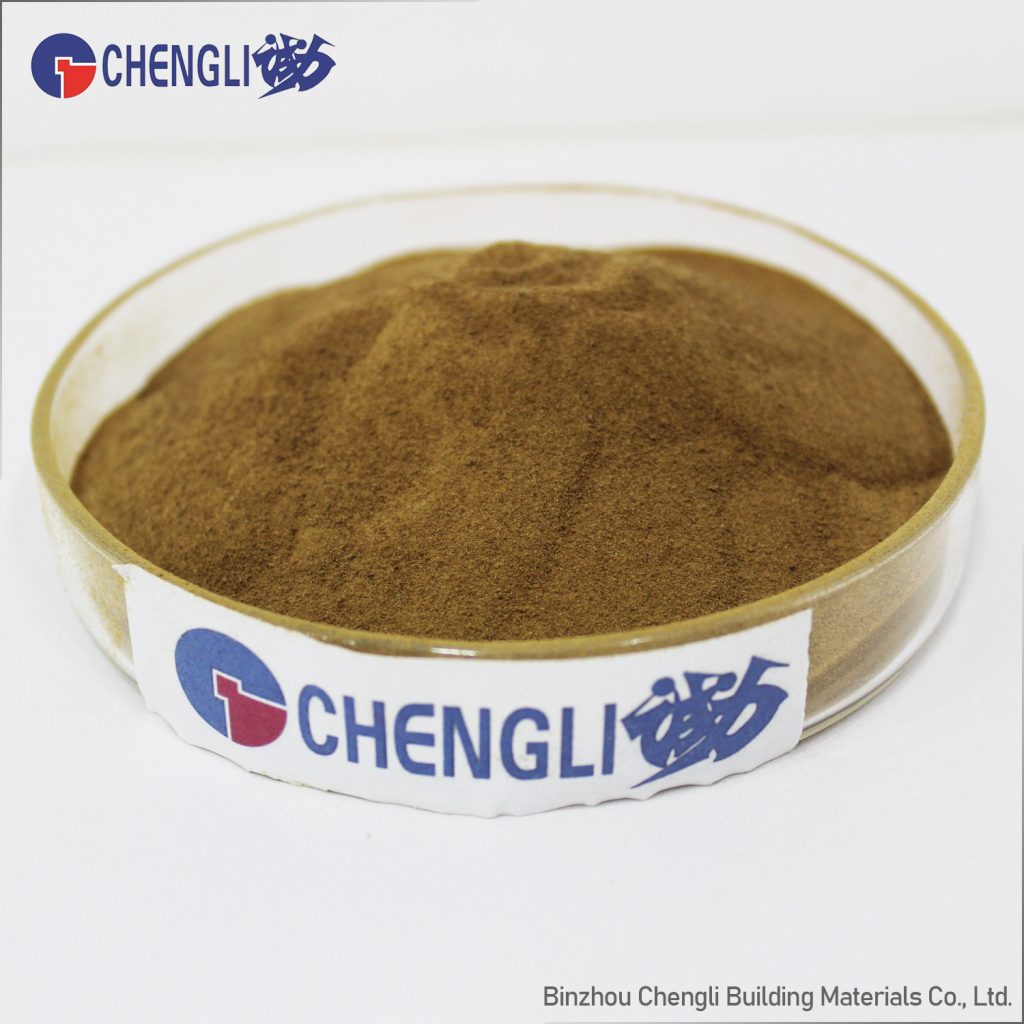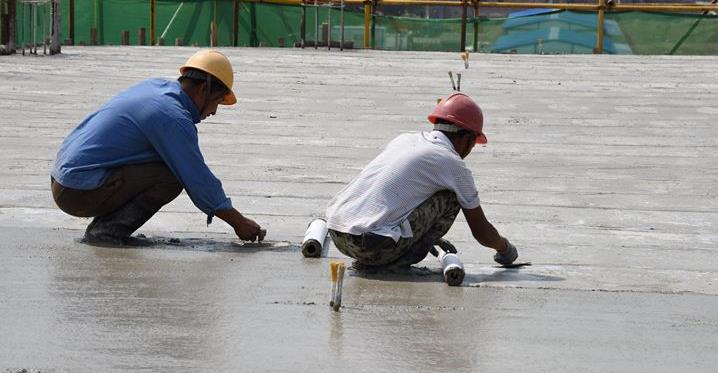In concrete production, workability is crucial for efficient placement and compaction. Naphthalene-based superplasticizers, a widely used admixture, significantly improve this property. By altering cement particle interactions, these additives enable better flowability without compromising strength. This article breaks down the key mechanisms behind Naphthalene-based superplasticizers workability-enhancing effects, exploring their chemical interactions and practical benefits in construction.
1. Molecular Adsorption and Electrostatic Repulsion
Naphthalene-based superplasticizers consist of sulfonated naphthalene formaldehyde polymers. When added to concrete, these molecules adsorb onto cement particles. This adsorption creates an electrostatic charge, pushing particles apart. The repulsive force counteracts the natural tendency of cement grains to clump, dispersing them evenly in the mix.
Without Naphthalene-based superplasticizers, cement particles form agglomerates, trapping water and reducing fluidity. Naphthalene-based superplasticizers free this trapped water, making the mix more workable. Contractors can achieve higher slump values with the same water content or reduce water usage while maintaining flowability. This flexibility is vital for complex structures requiring precise placement.
2. Steric Hindrance for Sustained Dispersion
Beyond electrostatic repulsion, Naphthalene-based superplasticizers provide steric hindrance. Their long polymer chains extend from cement surfaces, creating a physical barrier. This barrier prevents particles from re-aggregating, sustaining dispersion over time. As a result, concrete remains pumpable and moldable for longer, even during transportation or in hot climates.
Traditional plasticizers offer short-lived dispersion, leading to quick slump loss. Naphthalene-based superplasticizers, however, maintain workability for up to 90 minutes, depending on dosage. This extended slump retention reduces the need for rework or premature formwork removal, keeping construction schedules on track.



3. Water Reduction for Improved Flow without Segregation
A key benefit of Naphthalene-based superplasticizers is their ability to reduce water demand. By efficiently dispersing cement particles, they allow lower water-to-cement ratios (w/c) while maintaining slump. Reduced water means less bleeding and segregation, common issues in high-workability mixes. Concrete flows smoothly into formworks, filling gaps around reinforcement without particle separation.
For example, a 15-25% water reduction is typical with Naphthalene-based superplasticizers. This not only enhances workability but also boosts long-term strength and durability. Lower w/c ratios densify the concrete matrix, improving resistance to environmental stresses. Contractors thus achieve both immediate placement ease and long-term structural benefits.
4. Compatibility with Cement Chemistry
Naphthalene-based superplasticizers interact well with various cement types, including ordinary Portland cement (OPC) and blended cements. Their sulfonated groups react with calcium ions during hydration, regulating the formation of hydration products. This interaction slows down early hydration slightly, preventing rapid setting while keeping the mix workable.
In contrast, some admixtures struggle with cement variability, causing inconsistent performance. Naphthalene-based superplasticizers robust compatibility makes them reliable for large-scale projects where cement sources might differ. Engineers can trust consistent workability across batches, minimizing trial-and-error in mix design.
5. Practical Advantages in Construction
The mechanisms above translate to tangible site benefits. Improved workability reduces labor and equipment use during placement. Crews can pour concrete faster, even in tight spaces or complex geometries. Compaction becomes easier too, as fluid mixes fill formworks without excessive vibration, saving time and reducing noise.
Naphthalene-based superplasticizers also support leaner mix designs. By optimizing water and cement usage, projects cut material costs without sacrificing performance. In precast concrete plants, consistent workability ensures uniform mold filling, reducing defects and rejections. For infrastructure projects like bridges or dams, where massive pours are essential, Naphthalene-based superplasticizers enable efficient placement while maintaining structural integrity.
Challenges and Best Practices
While Naphthalene-based superplasticizers offer strong workability benefits, proper dosage is critical. Overuse can lead to excessive air entrainment or delayed setting, harming productivity. Contractors should test admixture compatibility with local aggregates and cement to determine optimal rates. Regular slump tests during mixing help monitor workability and adjust dosages in real time.
Storage conditions also matter. Naphthalene-based superplasticizers are often supplied as liquids, which can crystallize in cold temperatures. Heating storage tanks or using anti-freeze formulations preserves their effectiveness. Training crews on admixture handling ensures consistent results and maximizes workability gains.



Conclusion: The Science Behind Smoother Concrete Placement
Naphthalene-based superplasticizers enhance concrete workability through a combination of electrostatic repulsion, steric hindrance, and water reduction. Their molecular interactions with cement particles create a fluid, stable mix that’s easy to place and compact. By leveraging these mechanisms, construction projects achieve faster placement, fewer defects, and improved cost-efficiency.
As the industry demands more efficient and reliable concrete solutions, understanding Naphthalene-based superplasticizers working principles is key. From high-rise buildings to road networks, these admixtures remain a staple for ensuring workability without compromising on strength or durability. Proper application, backed by scientific insight, unlocks their full potential in modern construction.
ທີມງານດ້ານວິຊາການມືອາຊີບຂອງພວກເຮົາມີຢູ່ 24/7 ເພື່ອແກ້ໄຂບັນຫາຕ່າງໆທີ່ເຈົ້າອາດຈະພົບໃນຂະນະທີ່ໃຊ້ຜະລິດຕະພັນຂອງພວກເຮົາ. ພວກເຮົາຫວັງວ່າຈະໄດ້ການຮ່ວມມືຂອງທ່ານ!

